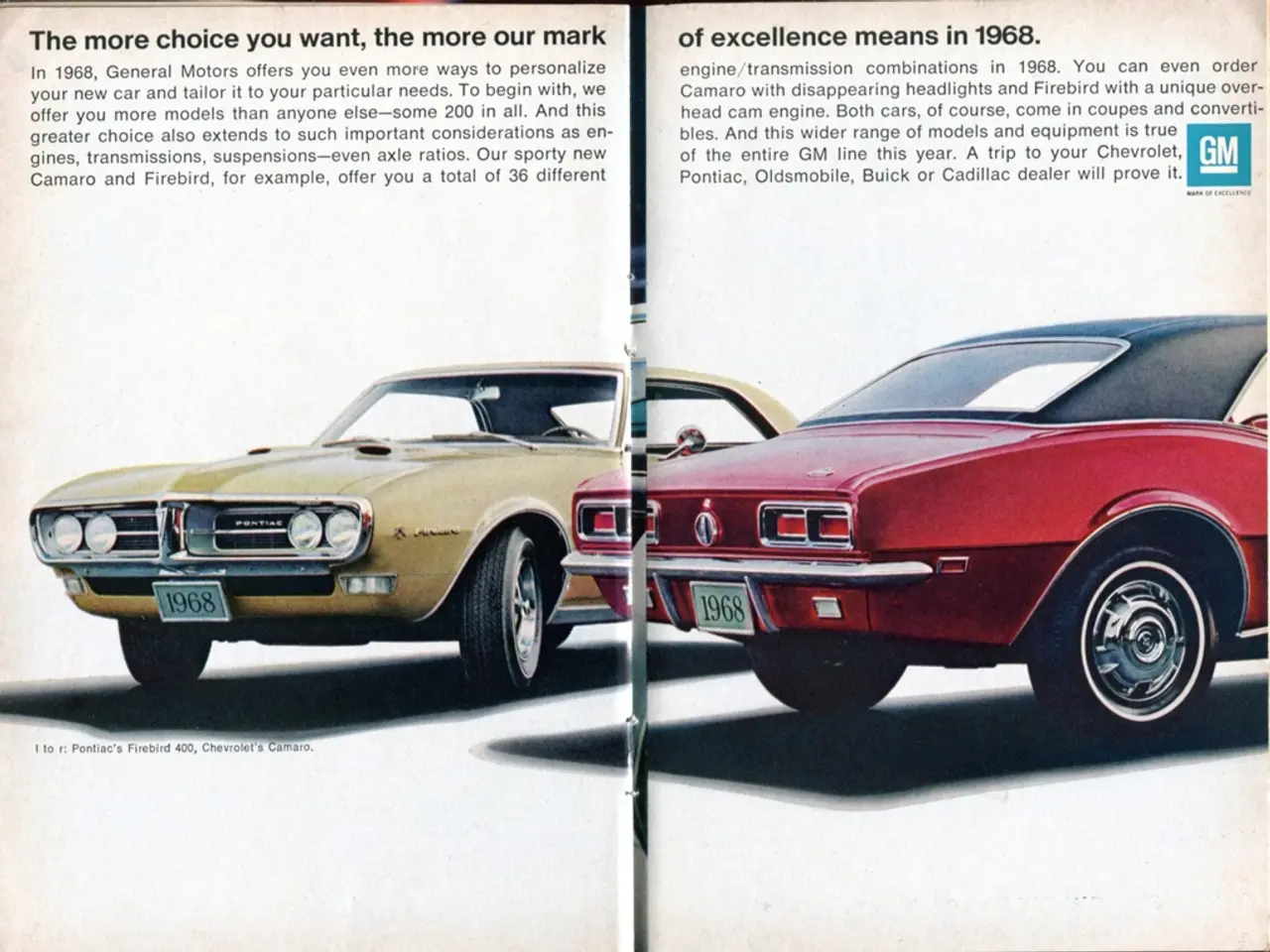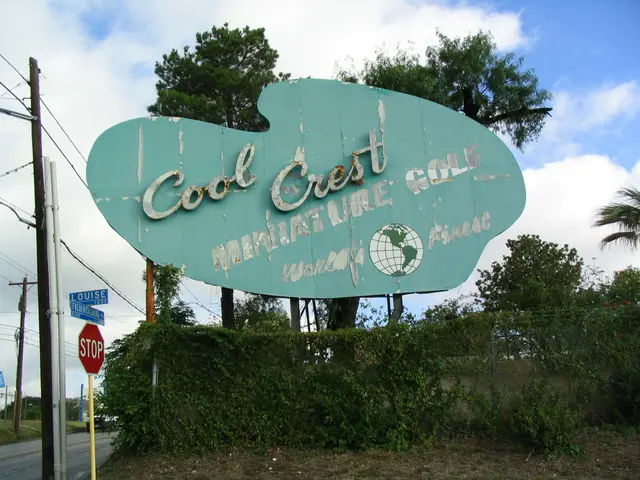Sberbank reports that South Caucasus residents have borrowed approximately 7.5 billion for personal vehicle loans
In Southern Russia and the North Caucasus, car loan demand is not showing a significant increase in 2025, mirroring the national decline in car loans. According to Larisa Bezdeleva, Deputy Chairman of Sberbank's Southwestern Bank, there has been an increase in demand for car purchases in the last three months, which could be due to seasonal trends.
Despite this, the average value of car loans in the region has risen by 26%, or RUB 323,000, compared to the same period last year. In the first half of 2025, residents obtained over 6,000 car loans, with a total value of approximately RUB 7.5 billion. Government programs supporting workers in various sectors, such as medicine, education, military personnel, and people with disabilities, account for up to 15% of these loans.
Experts attribute the decline in car loan demand to several factors. High bank key rates and interest rates on loans, though the Bank of Russia has lowered the key rate from 21% to 18% in mid-2025, continue to have a significant impact. Rising new car prices and increased competition from imported brands, especially Chinese manufacturers, have also suppressed demand for domestic vehicles. Tighter credit access and cautious consumer behavior have led to reduced demand for new car loans but boosted the used car market.
Regions like Krasnodar Krai, Rostov Oblast, and Stavropol Krai have the highest car loan indicators, with Krasnodar Krai having the most car loans at 2,600, totaling RUB 3.3 billion. Rostov Oblast and Stavropol Krai each had 1,500 car loans, totaling RUB 1.8 billion each. The Crimean Peninsula, with its 4% share, also figures prominently in the car loan market.
However, Southern Russia and the North Caucasus traditionally have lower average incomes and more constrained financial conditions compared to central regions like Moscow or St. Petersburg, which likely limit high car loan volumes there. Government programs emphasize financial stability and responsible lending, dampening excessive car loan growth. These programs aim to improve financial discipline, stabilize the banking sector, and control household debt levels, contributing to the current responsible lending environment and economic stability.
During the spring and summer months, families in Southern Russia and the North Caucasus often move to larger country homes, change jobs, travel more, and conclude large deals with credit support. In July and August, the number of car loan applications grew fastest among men and women under 30 from new Russian regions, the North Caucasus, Kalmykia, Crimea, and Adygea. The highest car loan indicator is among Crimeans, with an average value of RUB 1.3 million, while the lowest is in North Ossetia-Alania, at RUB 910,000.
Despite the overall decline in car loan demand, it is important to note that the used car market is expanding as a more affordable alternative, supported by limited credit availability for new cars. This trend suggests a shift in consumer behavior towards more cost-effective options, reflecting the economic conditions in the region.
Read also:
- Weekly developments in the German federal parliament, the Bundestag
- Solar Shutdown: Merz Proposes Billions of Gas Discharge - Reverse Plan
- New guidelines for NEPA processes unveiled by federal agencies, in alignment with Executive Order 14154 and the Seven County Decision of the Supreme Court
- Ought Mark Carney maintain the Trans Mountain pipeline?








